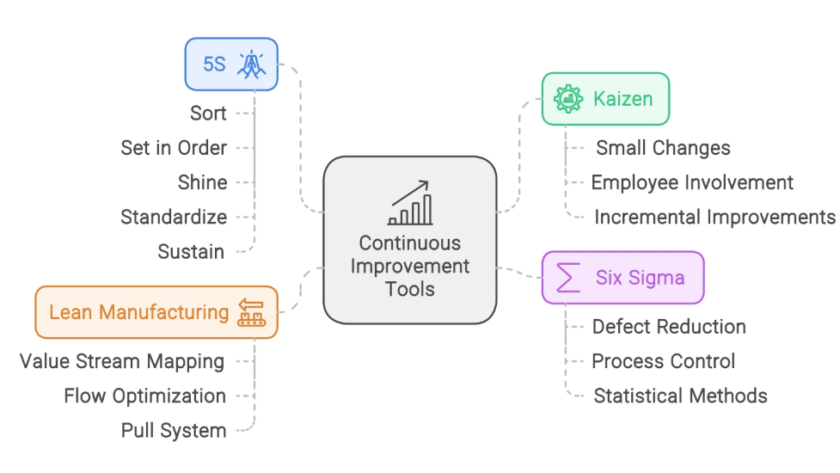The energy
landscape is changing—fast. As the world races toward a more sustainable
future, one powerful ally is stepping into the spotlight: Artificial
Intelligence. AI is not
just enhancing how we generate and distribute energy. It’s redefining what’s
possible. Smarter Forecasting, Stronger Grids One of the
biggest challenges in renewable energy has always been intermittency.
Solar panels don’t generate at night. Wind…












